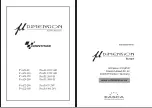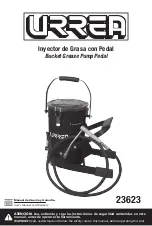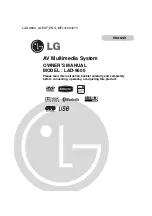
1
1.
MOUNTING
NOTICE
Do not apply paint, anti-corrosive
sealant or contact spray to coating or
plastic parts of the equipment.
Those items contain organic solvents that
can damage coating and plastic parts,
especially plastic connectors.
Mounting considerations
Follow the guidelines below to choose a suitable mounting location for the antenna unit.
•
The antenna may be mounted three ways: screwed into a pipe (local supply), fixed to a
post with the optional mast mounting kit, or screwed into an optional mounting base. For
fixing by the post or pipe, it is recommended to use stays to prevent damage to the GPS
receiver.
•
Select a location out of the radar beam. The radar beam will obstruct or prevent
reception of the GPS signal.
•
The location should be well away from a VHF antenna. A GPS receiver is interfered by a
harmonic wave of a VHF antenna.
•
The location should be well away from an Inmarsat antenna. Inmarsat transmission will
obstruct or prevent reception of the GPS signal.
•
There should be no interfering object within the line-of-sight to the satellites. Objects
within line-of-sight to a satellite, for example, a mast, may block reception or prolong
acquisition time.
•
Mount the antenna unit as high as possible to keep it free of interfering objects and
water spray, which can obstruct reception of the GPS signal if the water freezes.
•
Observe the following minimum separation distances from other antenna units.
a
1.5 m
MAIN MAST
TX ANTENNA(MF/HF)
NOT WITHIN RADAR BEAM
* = DISTANCE DEPENDS ON MAST DIAMETER OF ’a’.
4 m
4 m
1 m
1 m
3 m
INMARSAT ANTENNA
LOOP ANTENNA
RX WHIP ANTENNA
5 m
NOT WITHIN INMARSAT BEAM
0.5 m
WHIP ANTENNA(VHF/UHF)
WHIP ANTENNA(MF/HF)
GPS ANTENNA
DIA. OF ’a’
DISTANCE (MIN.)
3 m
1.5 m
10 cm
30 cm
*
Mounting procedure
Install the antenna unit by referring to the installation diagram on page D-1.










































